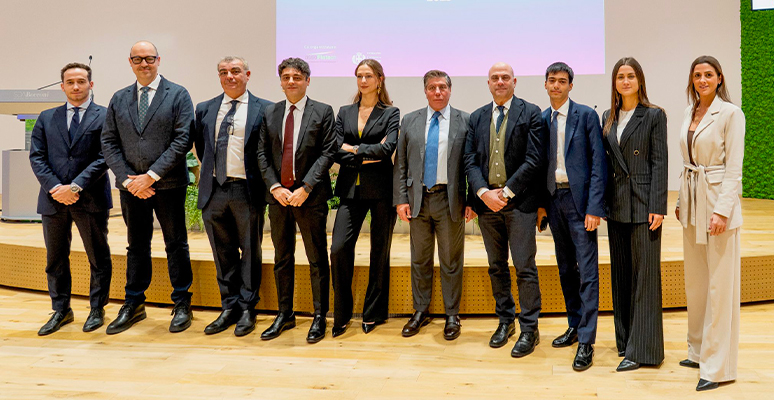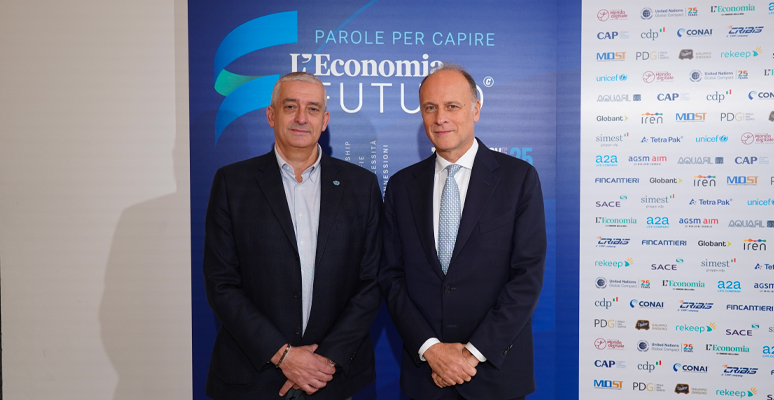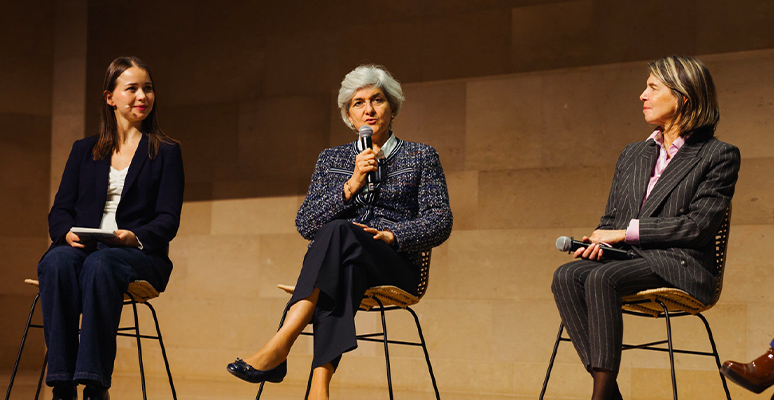The future of customer relations: from physical to virtual
In a world that’s more and more digital-first and customer-centric, all company functions are engaged in the customer management process. So the challenge lies in orchestrating everyone’s efforts to serve the customer in a way that’s effective and relevant, based on the Contactless Signature Experience model.
But what exactly does this concept mean? How can this new paradigm shape the customer experience and the way companies approach consumers? We asked these questions to Stefania Saviolo, who has just released her new book, Contactless Signature Experience, recently published by Egea.
Can you tell us something more about the Contactless Signature Experience? What’s it all about?
Contactless signature experience is the new model for managing the customer experience in a scenario where, even if we’re physically distant, at the same time we want to have a deeper, more intimate connection on the level of values and emotions with the brands that we choose. This approach is also validated by the findings from studies by Salesforce, which we include in our book. Contactless technologies make it possible to design relevant brand experiences within an omnichannel framework. In the book, we talk about how to turn a contactless experience into a signature experience, in other words, one that’s inspired by the brand’s values, codes and its unique tone of voice. “Tech & Touch”: it’s the challenge of the new normal.
What are the main trade-offs of a contactless scenario?
We’ve pinpointed four trade-offs: rationality and emotion, the equilibrium we have to find between the desire to inspire customers to dream, balanced with the need for safety, transparency, and speed; center and periphery, that is, how to manage the brand, coordinating from the center and throughout all the areas where the brand can be found; hardware and software, i.e. the need to find a virtuous synthesis between human capital and technology; internal and external, to rethink the perimeters of the organization with respect to the new competencies and key processes of the digital transformation.
Companies have to find a way to strike a balance between these elements based on three principles that inspire the signature experience: simplify (interfaces and processes for all customers), delight (establishing an emotional connection) and inspire (hyper-personalizing interactions for individual customers) through physical, digital and human touchpoints.
What factors make a signature contactless experience successful?
In the experience of my co-authors at JAKALA, there are five elements to coordinate to make the entire business model evolve (and not only the last mile): strategic vision, which becomes customer-centric and adopts appropriate KPIs; contents, which have to be signature, consistent, and data driven; data and analytics, which are indispensable for a clear data strategy; technology and the technological enablers ad-tech and mar-tech, which guarantee omnichannel orchestration of various touchpoints; organization and processes, where it’s essential to move beyond functional silos and become not only customer-centric, but also employee-centric, promoting empowerment.
What successful signature experiences have in common is the ability to create a customer and data culture by effectively managing technologies, customer management processes, and the organization. Orchestration, contamination, measurement (i.e. the new KPIs) are the key words in a contactless signature experience.
The book is brimming with concrete ideas on how the contactless transformation will reshape industries from fashion to luxury, beauty and design, banking and fintech. Can you tell us more about that?
Data-driven personalization of products, content and services; contactless interfaces, hybrid deliveries and virtual consulting are touchpoints in an omnichannel approach, in which beauty brands are outpacing fashion or interior design, industries in which the digital transformation got a later start. In luxury, this transformation is long past due and can’t be put off any longer (just think of manufacturing 2.0 or clienteling 2.0, that is, personalized engagement, in-store recognition or 24/7 service available on all channels).
At the same time, we can’t lose sight of the physical dimension, which morphs into “phygital,” a concept that we find in banking too. As we can see in the findings of a recent study by Anna Omarini, new banking is also the output of the collaboration between banks and FinTech, where banks are opening up toward the outside, but there’s also an inverse relationship, that is, the ‘outside’ is asking banks to open up to potential data sharing initiatives (read PSD2 and open banking). New contactless technologies are used to greet, reassure and engage omnichannel customers; examples are beacon technology, tablets, and touch screen tables in branch offices, facial recognition software and augmented reality application for virtual payments.
SDA Bocconi School of Management
At Call Tech Action, the technologies that ...

SDA Bocconi with UNICEF and Corriere della ...

Regenerating nature can save 50% of the ...



